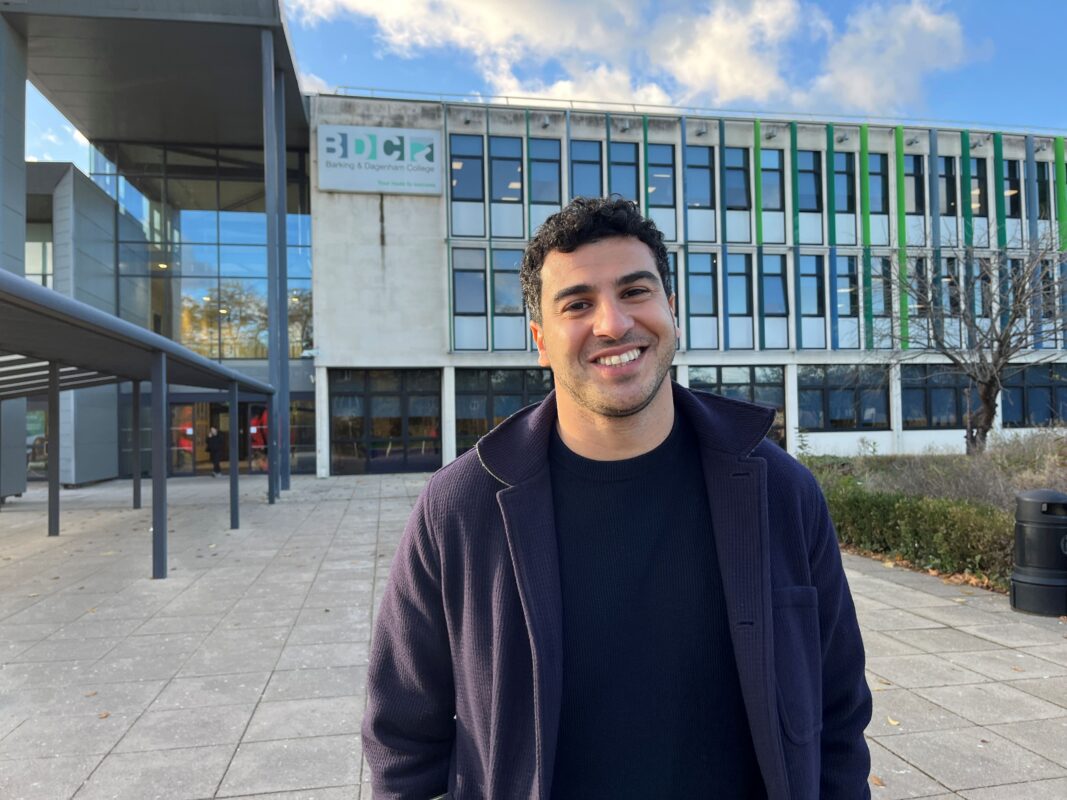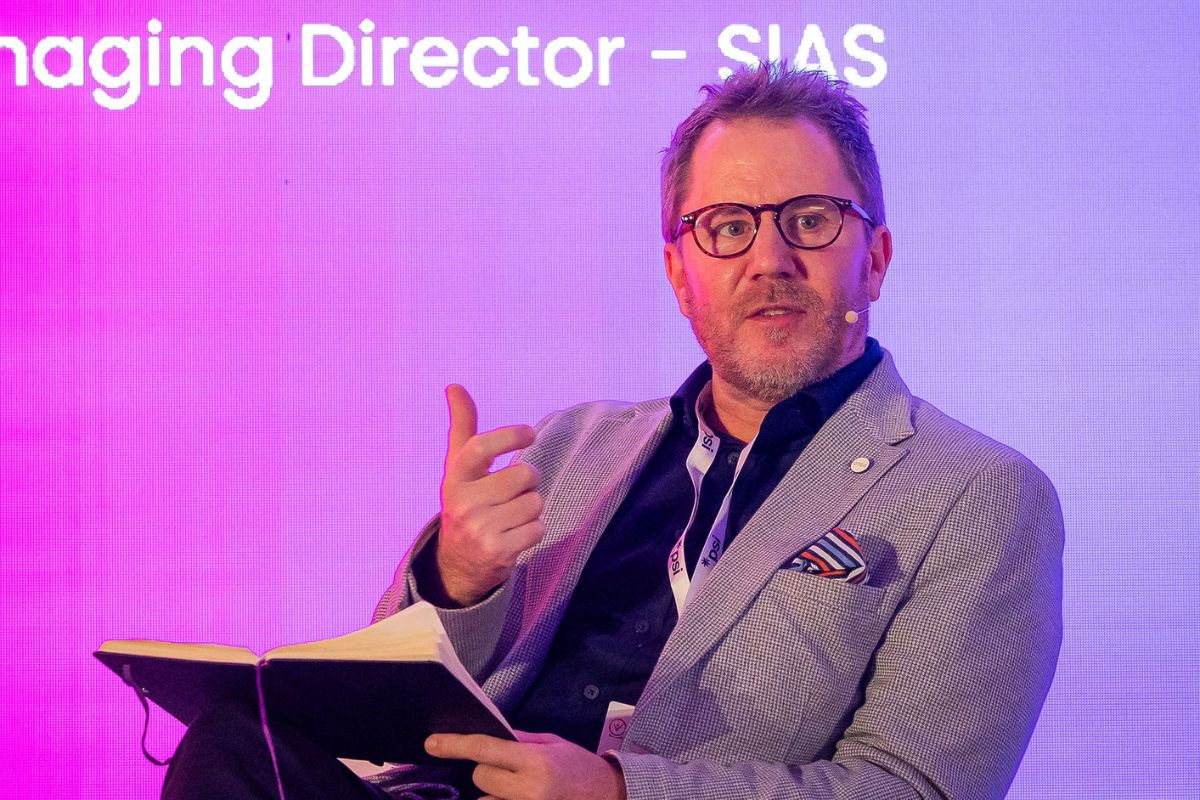Bridging the gap between Education and Industry is crucial to ensure students thrive

It is vitally important that we invest in further and higher education to ensure our creative sectors can continue to flourish. Doing so means working hard to teach undergraduates and college students the necessary skills to pursue a long and rewarding career. Yet to be truly effective education and industry must work closely together.
The recent TIGA Best Practice in Games Education conference evidences the success that can be achieved when education and industry work together. The best universities and colleges are working constantly to find fresh ways to prepare students for the world of work and some great video games businesses are offering support. Studios are offering guest speakers, engaging with education providers and openly discussing their needs so that colleges and universities are clear about what is required of future employees. The best colleges and universities are simulating industry environments in the classroom, keeping ahead of emerging technology, frequently reviewing courses to ensure they remain relevant and encouraging students to showcase their work. Education and industry are clearly going above and beyond to help students thrive but they are keen to do more and that is always encouraging to see.
There was great honesty on display during the sessions and this is a prerequisite for fostering close ties. By airing issues and explaining the steps being taken to address them, gaps between academia and the workplace can be more effectively bridged. Crucially, educators expressed that universities wanted to work with the video game industry as much as possible to co-create curriculums and projects. It showed the desire exists for close collaboration, with education seeking many different ways of fostering stronger ties.
No one should rest on their laurels in the fast-moving, forward-thinking video game sector and the conference had frank and open discussions on how gaps could be bridged. Educators advised enlisting the help of alumni who have landed jobs in the industry and can provide a point of contact within the company, aside from being a source of great advice and guidance. Industry also offered advice to educators, such as encouraging students to have wide-ranging portfolios to see that students have gone over and above what is required of them.
Other steps that can be taken include educators inviting guest speakers and potential employers to showcase students work, such as the University of Hertfordshire’s Digital Animation Programme. Industry and education can both gain from mentorships which improve learning. Sandwich years can also allow studies to build relationships with interns which can lead to many being offered roles as full-time members of staff. Finally, all should make use of any collaborative R&D partnerships between industry and academia.
It is likely that, as more students graduate from video game courses and enter the industry, the bonds will tighten further. TIGA is in a position to assist and, indeed, it has been helping universities meet the needs of employers for several years now. The conference highlighted that being TIGA accredited helped education providers work with the industry because it meant senior industry professionals could have input and give feedback on courses, while also offering a wider network of industry professionals. TIGA will continue to campaign for stronger links and ensure higher education is adequately funded. The talent is out there and together we can ensure it thrives.











Responses